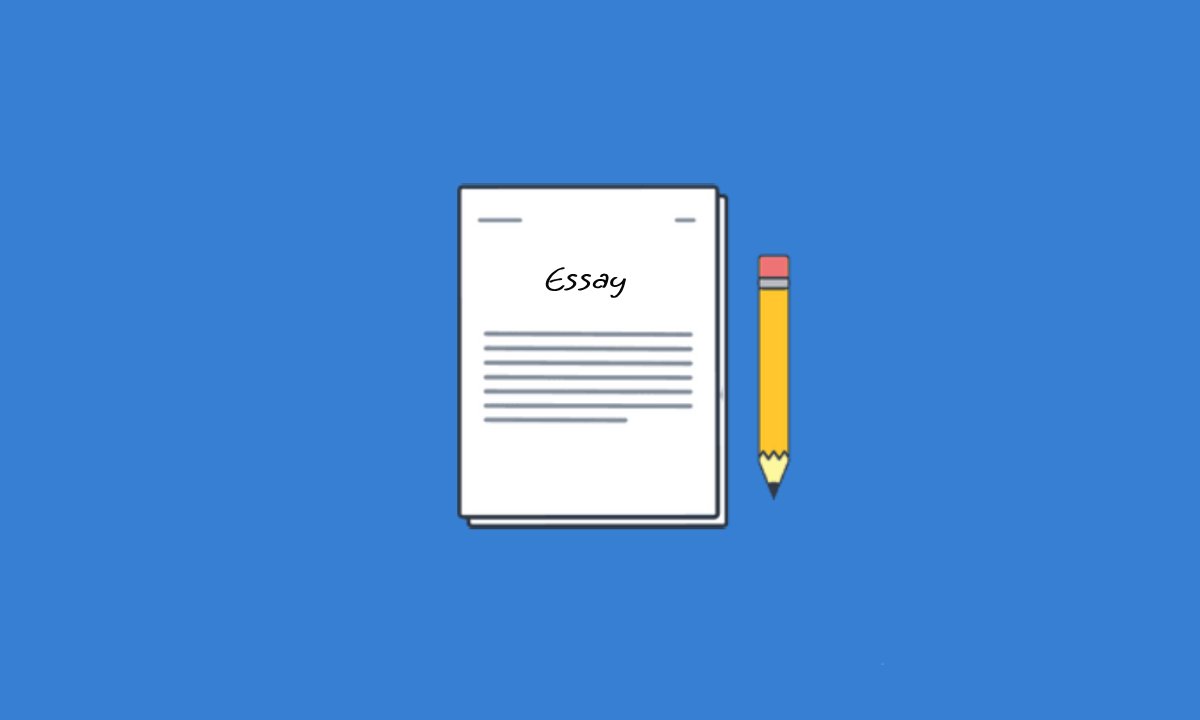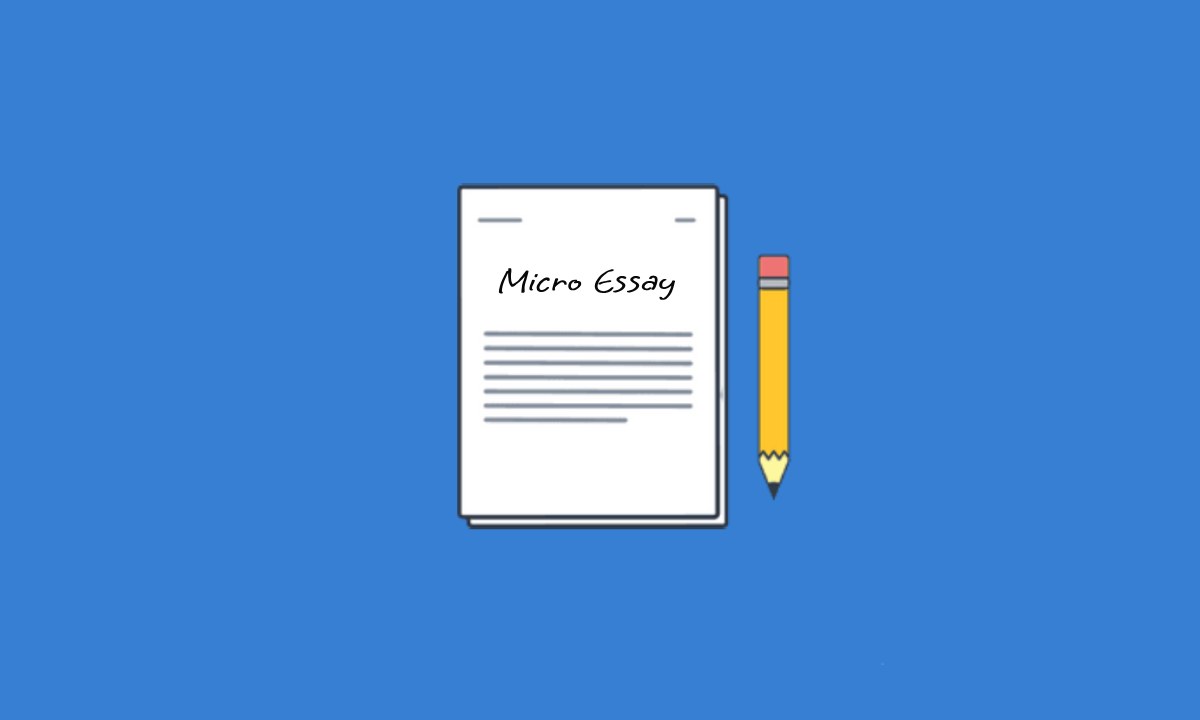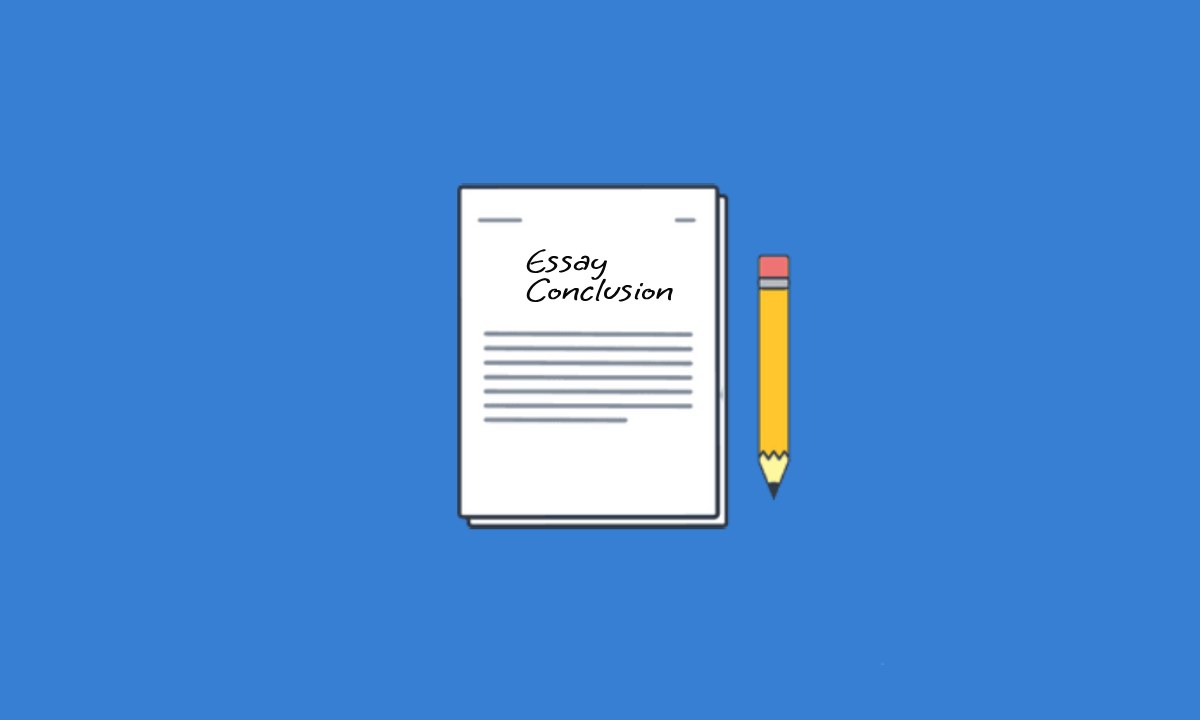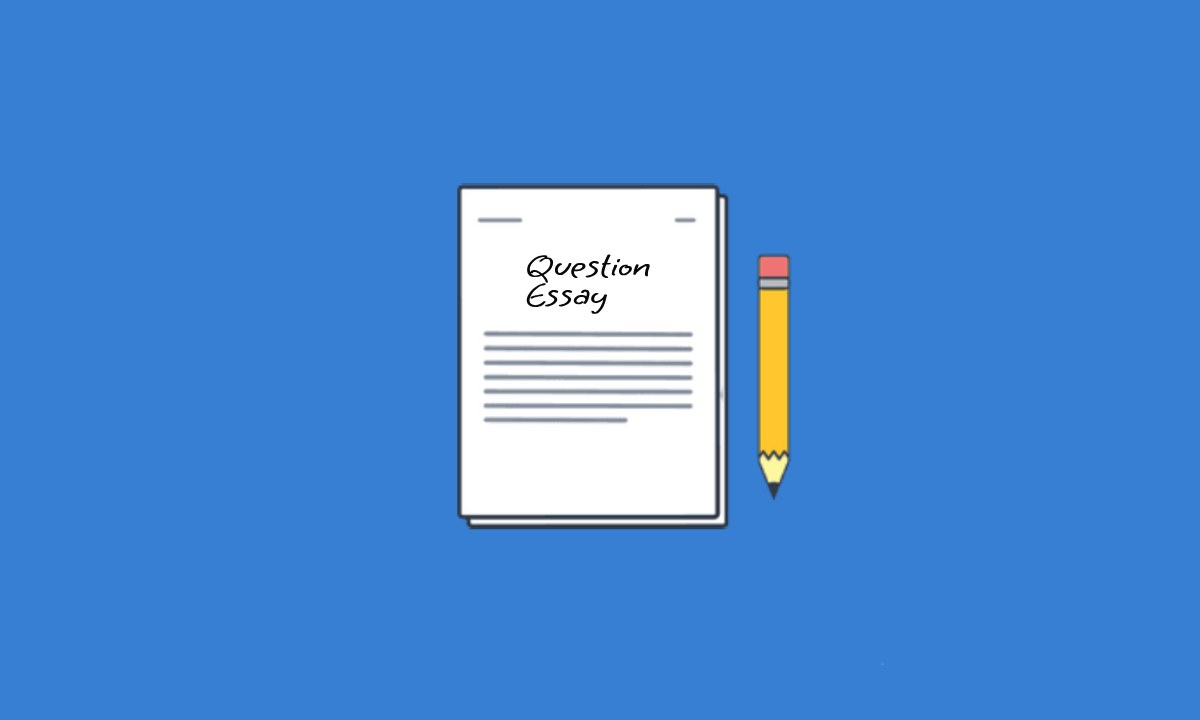What is Essay?
An essay is a short piece of writing on a particular subject, typically designed to present the writer’s argument, perspective, or reflections. Essays can vary in style, structure, and purpose, but they generally aim to explore ideas, analyze issues, or persuade readers.
Types of Essay:
Essays come in a variety of forms, each serving a specific purpose and requiring a unique approach. Here are the main types of essays:
Narrative Essay
A narrative essay tells a story or recounts an event or series of events from the writer’s perspective. It is often personal and anecdotal, allowing the writer to share an experience in a way that engages the reader emotionally. This type of essay is structured chronologically, with a clear beginning, middle, and end. The narrative essay focuses on providing vivid details and creating a strong sense of setting and character. Examples of topics for a narrative essay include “My First Day at School” and “A Memorable Journey,” where the writer might describe personal milestones or significant moments.
Descriptive Essay
A descriptive essay aims to paint a picture with words, focusing on describing a person, place, object, or event in great detail. The goal is to create a vivid image in the reader’s mind by using sensory details—sights, sounds, smells, tastes, and textures. This type of essay emphasizes the use of descriptive language and literary devices to convey the essence of the subject. Topics like “The Beauty of the Grand Canyon” or “My Childhood Home” allow the writer to immerse the reader in the experience by highlighting the unique features and emotional significance of the subject.
Expository Essay
An expository essay explains, informs, or presents information about a specific topic. It is characterized by clear, concise, and logical writing that breaks down complex information into understandable parts. The expository essay is often organized in a straightforward manner, with an introduction, body paragraphs, and a conclusion. The purpose is to educate the reader without expressing the writer’s opinion. Topics such as “How to Bake a Cake” or “The Impact of Social Media on Society” provide clear instructions or detailed explanations on a given subject, helping the reader to gain a better understanding.
Persuasive (Argumentative) Essay
A persuasive, or argumentative, essay aims to convince the reader to adopt a certain viewpoint or take a specific action. It is built on a strong thesis statement, supported by logical arguments, evidence, and counterarguments. The writer must present a well-reasoned case, using facts, statistics, and expert opinions to back up their claims. Persuasive essays often address controversial issues, encouraging the reader to see things from the writer’s perspective. Examples of topics include “Why Schools Should Adopt Uniforms” and “The Benefits of Renewable Energy,” where the writer must persuade the reader to support a particular stance.
Analytical Essay
An analytical essay involves analyzing a piece of literature, an event, or a concept by breaking it down into its components. The writer examines how the parts contribute to the whole, providing a detailed and thoughtful analysis. This type of essay requires critical thinking and a thorough understanding of the subject. Analytical essays are often structured around a clear thesis and supporting evidence. Topics such as “The Themes in ‘To Kill a Mockingbird'” or “An Analysis of the Causes of World War I” allow the writer to delve deeply into the subject matter, exploring underlying meanings and implications.
Comparative Essay
A comparative essay compares and contrasts two or more subjects, focusing on their similarities and differences. This type of essay is structured around points of comparison, which can be organized in a block or point-by-point format. The goal is to highlight the relationships between the subjects, providing a deeper understanding of each. Comparative essays are useful for examining different perspectives and evaluating various aspects of the subjects. Topics like “Comparing Online and Traditional Education” or “The Differences Between Urban and Rural Living” require the writer to analyze each subject carefully and present a balanced view.
Cause and Effect Essay
A cause and effect essay examines the causes of an event or situation and its effects. The writer must establish logical connections between the cause and effect, often exploring multiple causes and effects. This type of essay helps the reader understand the reasons behind an occurrence and its consequences. Clear organization and logical flow are essential for this essay type. Topics such as “The Causes and Effects of Global Warming” or “How Diet Affects Health” allow the writer to explore complex issues, explaining how one event leads to another and the broader implications.
Process Essay
A process essay explains how to do something or how something works, providing step-by-step instructions. This type of essay is often written in chronological order, guiding the reader through each stage of the process. The goal is to make the instructions clear and easy to follow, ensuring the reader can successfully complete the task or understand the process. Topics like “How to Train for a Marathon” or “The Process of Photosynthesis” require the writer to provide detailed, sequential information, often supported by diagrams or illustrations to enhance understanding.
Critical Essay
A critical essay evaluates or interprets a text, artwork, or performance, offering a reasoned argument supported by evidence. The writer analyzes the strengths and weaknesses of the subject, providing a balanced assessment. This type of essay involves critical thinking and a deep understanding of the subject matter. The writer must present a well-supported critique, often using specific examples to illustrate points. Topics such as “A Critique of ‘The Great Gatsby'” or “The Effectiveness of a Film’s Special Effects” allow the writer to engage with the subject critically, assessing its impact and significance.
Reflective Essay
A reflective essay reflects on the writer’s personal experience and growth, offering insights and lessons learned. This type of essay is introspective, allowing the writer to explore their thoughts and feelings about a particular event or experience. Reflective essays often follow a narrative structure, with a focus on the writer’s personal journey. Topics like “What I Learned from Volunteering” or “My Growth as a Writer” enable the writer to discuss personal development, highlighting how specific experiences have shaped their perspectives and values.
Definition Essay
A definition essay explains the meaning of a term or concept, often exploring it in depth. The writer provides an extended definition, supported by examples, anecdotes, and analysis. This type of essay goes beyond a simple dictionary definition, examining the term’s implications, connotations, and usage. Topics such as “What is Success?” or “The Concept of Freedom” allow the writer to delve into the complexities of the term, exploring its various dimensions and meanings. The goal is to provide a comprehensive understanding that resonates with the reader.
Format of Essay:
Below is a guide on how to format an essay, covering the key components and their layout:
Title Page (if required)
Title: Centered, bold, and in a large font (e.g., 14-16 pt).
Your Name: Centered below the title, in a standard font size (e.g., 12 pt).
Course Name and Number: Centered below your name.
Instructor’s Name: Centered below the course details.
Date: Centered below the instructor’s name.
Header
Page Number: Usually placed in the upper right corner.
Running Head: (if required, often in APA style) Shortened version of the title in the header.
Introduction
Opening Sentence: Engaging sentence that introduces the topic.
Background Information: Brief context to understand the essay’s focus.
Thesis Statement: Clear and concise statement of your main argument or point.
Body Paragraphs
Topic Sentence: The first sentence of each paragraph, stating the main idea.
Evidence and Analysis: Present evidence (quotes, data, examples) and analyze it to support the topic sentence.
Concluding Sentence: Summarize the paragraph’s main point and transition to the next paragraph.
Conclusion
Restate Thesis: Summarize the thesis in different words.
Summarize Key Points: Briefly mention the main points discussed in the body.
Closing Statement: Final thoughts or a call to action, leaving a lasting impression.
References or Works Cited (if required)
List all the sources cited in the essay.
Format according to the required style guide (APA, MLA, Chicago, etc.).
General Formatting Guidelines
Font: Times New Roman, 12 pt.
Spacing: Double-spaced throughout, including quotes and the references page.
Margins: 1-inch margins on all sides.
Indentation: First line of each paragraph indented 0.5 inches.
How to Write an Essay?
Writing an essay can seem like a daunting task, but breaking it down into manageable steps can make the process more approachable and efficient. Here’s a step-by-step guide to help you write a successful essay:
Understand the Assignment
Before you begin, ensure you understand the essay prompt or assignment. Consider:
The type of essay (e.g., argumentative, descriptive, narrative, expository).
The topic or question to be addressed.
Any specific instructions regarding format, length, and citation style.
Choose a Topic
If a topic isn’t provided, choose one that interests you and fits the assignment criteria. Make sure it’s specific enough to be manageable within the scope of your essay.
Conduct Research
Gather information from credible sources such as books, academic journals, and reputable websites. Take notes and organize the information by theme or argument. Keep track of your sources for citation purposes.
Create an Outline
An outline helps organize your thoughts and structure your essay. It typically includes:
Introduction: Hook, background information, and thesis statement.
Body Paragraphs: Each paragraph should focus on one main idea that supports your thesis. Include evidence and analysis.
Conclusion: Summarize your main points, restate the thesis in light of the evidence provided, and offer final thoughts.
Write the Introduction
Start with a hook to grab the reader’s attention (a quote, question, anecdote, or interesting fact). Provide some background information to give context to your essay, and end the introduction with your thesis statement.
Write the Body Paragraphs
Each body paragraph should follow this structure:
Topic Sentence: Introduces the main idea of the paragraph.
Evidence: Provides support for the main idea (quotes, statistics, examples).
Analysis: Explains how the evidence supports your main idea.
Transition: Leads into the next paragraph.
Write the Conclusion
Summarize the main points of your essay. Restate your thesis in a new way, reflecting the evidence and arguments made in the body. End with a final thought or call to action.
Revise and Edit
Revising involves looking at the big picture: clarity, coherence, and logical flow of ideas. Editing focuses on smaller details: grammar, punctuation, and spelling. Here’s a checklist:
Is your thesis clear and specific?
Do your body paragraphs support your thesis with evidence and analysis?
Are transitions between paragraphs smooth?
Is your conclusion effective?
Have you checked for grammatical errors and typos?
Cite Your Sources
Properly cite all the sources you used in your essay according to the required citation style (e.g., APA, MLA, Chicago). Include a bibliography or works cited page if necessary.
Proofread
Give your essay a final read-through to catch any remaining errors or awkward phrasing. It can be helpful to read your essay aloud or have someone else review it.
Essay Topics Example:
Below are some essay topic ideas for different educational levels:
Middle School
- The Impact of Technology on Daily Life: Discuss how gadgets like smartphones, tablets, and computers have changed the way we live and communicate.
- My Favorite Book and Why: Write about a book that you love and explain why it holds a special place in your heart.
- A Day in the Life of a Historical Figure: Imagine you are a famous historical figure and describe a typical day in your life.
- The Importance of Friendship: Explain why friendships are important and how they influence your life.
- What I Want to Be When I Grow Up: Describe your dream job and what excites you about it.
High School
- The Role of Social Media in Society: Analyze the positive and negative effects of social media on teenagers and society as a whole.
- Climate Change and Its Impact on Our Future: Discuss the causes of climate change and what we can do to mitigate its effects.
- The Value of Community Service: Explain how participating in community service can benefit both the individual and the community.
- The Importance of Mental Health Awareness: Highlight why mental health awareness is crucial, especially for teenagers, and how it can be promoted.
- The Pros and Cons of Online Learning: Evaluate the advantages and disadvantages of online education compared to traditional classroom learning.
College
- The Influence of Technology on Modern Education: Discuss how technological advancements are shaping the future of education.
- Gender Equality in the Workplace: Analyze the current state of gender equality in the workplace and suggest ways to improve it.
- The Impact of Globalization on Local Cultures: Explore how globalization affects local cultures and the balance between global and local identities.
- The Ethics of Artificial Intelligence: Delve into the ethical considerations surrounding the development and use of AI.
- Sustainable Living: Practices and Challenges: Discuss various sustainable living practices and the challenges of implementing them on a broader scale.
University
- The Intersection of Politics and Media: Examine how media influences political opinions and the implications for democracy.
- The Future of Renewable Energy: Analyze the potential of renewable energy sources to replace fossil fuels and address climate change.
- The Role of International Organizations in Global Health Crises: Discuss the effectiveness of international organizations like the WHO in managing global health crises.
- The Impact of Economic Policies on Income Inequality: Explore how different economic policies affect income distribution and societal equality.
- Philosophical Perspectives on Free Will and Determinism: Compare and contrast different philosophical views on the concepts of free will and determinism.
Essay Sample:
Below is a sample essay on the topic “The Impact of Social Media on Society”:
The Impact of Social Media on Society
In the past two decades, social media has transformed from a novel way to connect with friends into a powerful tool that influences nearly every aspect of modern life. Platforms such as Facebook, Twitter, Instagram, and TikTok have not only changed how we communicate but have also affected our perceptions of reality, our self-esteem, and even the political landscapes of nations. While social media has brought about significant benefits, it is crucial to recognize and address its negative impacts on society.
One of the most profound positive effects of social media is its ability to connect people across the globe. This connectivity has fostered a sense of global community, making it easier for individuals to share ideas, collaborate on projects, and support causes they care about. Social media platforms have been instrumental in organizing social movements, such as the Arab Spring and the Black Lives Matter movement, by providing a space for mobilization and raising awareness on a global scale. These platforms have empowered individuals to voice their opinions and bring about social change.
Moreover, social media has democratized information dissemination. Traditional media outlets, once the gatekeepers of news and information, now compete with citizen journalists who can share real-time updates and diverse perspectives. This shift has allowed for more immediate and varied reporting on global events. For instance, during natural disasters, social media has proven invaluable in disseminating critical information quickly, helping to coordinate rescue efforts and providing real-time updates to those in affected areas.
However, the rise of social media has also brought significant challenges. One major issue is the spread of misinformation and fake news. The rapid sharing of information without thorough fact-checking has led to the proliferation of false narratives, which can have serious consequences. For example, during the COVID-19 pandemic, misinformation about the virus and vaccines spread widely on social media, leading to public confusion and resistance to health guidelines. This spread of false information can undermine public trust in institutions and experts, complicating efforts to address global challenges.
Another negative impact of social media is its effect on mental health, particularly among young people. Studies have shown that excessive use of social media can lead to feelings of anxiety, depression, and loneliness. The constant comparison to others’ seemingly perfect lives can diminish self-esteem and create unrealistic expectations. Moreover, cyberbullying has become a pervasive issue, with many individuals experiencing harassment and abuse online. These negative experiences can have lasting effects on mental well-being.
Social media has also influenced political polarization. Algorithms that tailor content to individual preferences can create echo chambers, where users are only exposed to information and opinions that reinforce their existing beliefs. This can lead to increased division and a lack of understanding between different groups. The 2016 U.S. presidential election and the Brexit referendum are notable examples where social media played a role in deepening political divides through targeted misinformation and partisan content.
In conclusion, social media is a double-edged sword that has profoundly impacted society. While it offers unparalleled opportunities for connection, information sharing, and social activism, it also poses significant risks, including the spread of misinformation, mental health challenges, and increased political polarization. To harness the positive potential of social media while mitigating its negative effects, it is essential for users, platforms, and policymakers to promote digital literacy, implement robust fact-checking measures, and foster inclusive online communities. Only by addressing these challenges can we ensure that social media remains a force for good in society.



